Charles Li

Flame retardants are a diverse group of chemicals designed to slow down or prevent the spread of fire. Exposure to these compounds, however, is associated with adverseand often irreversibledevelopmental, reproductive and carcinogenic consequences. Despite the prevalence of flame retardants in the furniture, electronics, and clothing industries, little is known about their mechanisms of action at the cellular and molecular level. This project serves to define the chemical effects of flame retardants in classic human cell culture models. The first part of this endeavor will evaluate the toxicity of major categories […]
Logan Rudd
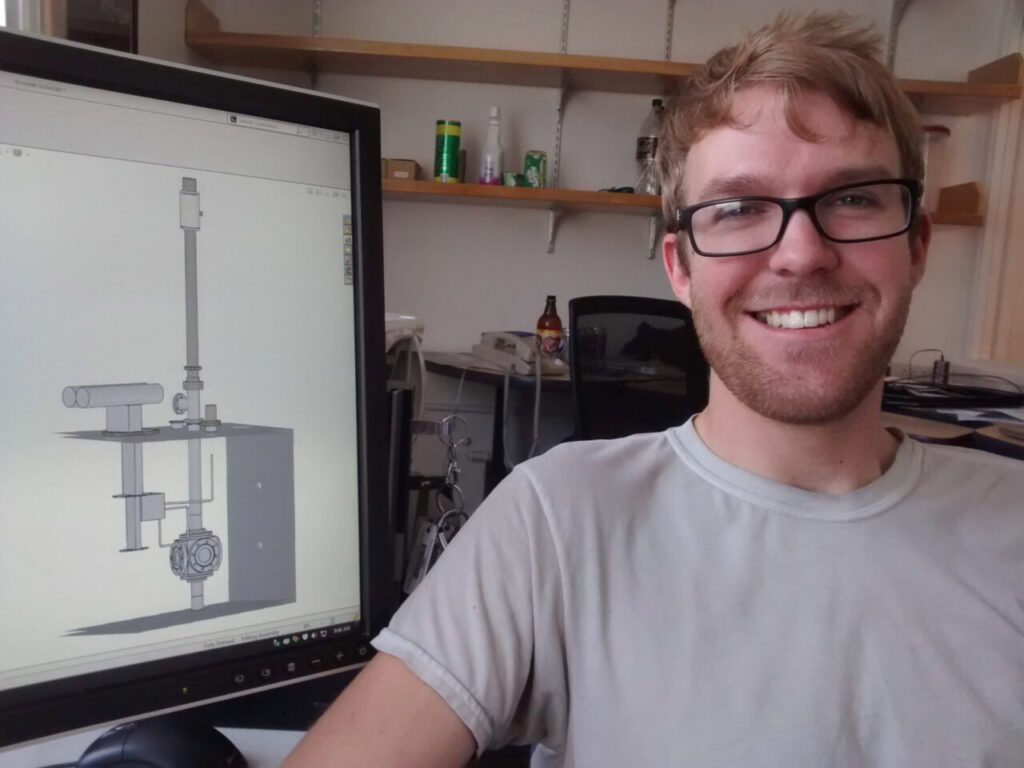
The LUX-ZEPLIN dark matter experiment is currently investigating the use of PTFE (Polytetraflouroethylene) best known as Teflon, for the internal walls of its liquid xenon detector, due to its high reflectivity for 175 nm light. In order to streamline research and development of the PTFE to be used in the detector, a new apparatus is currently being developed at Lawrence Berkeley National Laboratory to quickly measure the relative reflectivity of multiple samples of PTFE against 175 nm light in liquid xenon. My goals for the summer are to aid in […]
Grant Schroeder
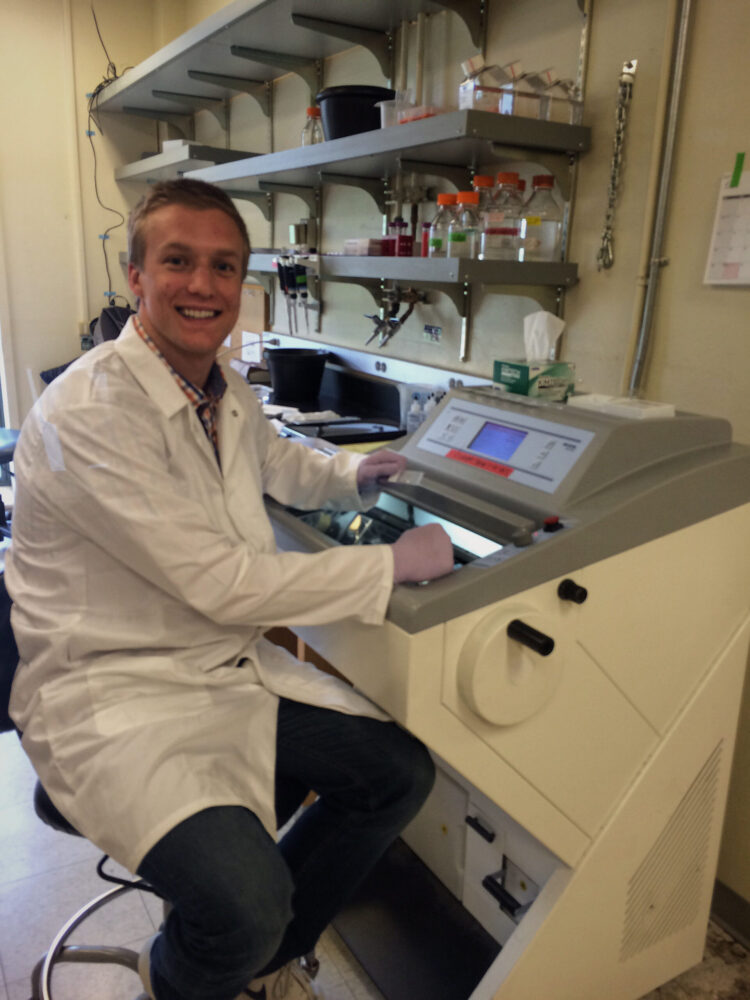
Despite a deep understanding of many of the molecular components involved in organ development, recreating complex tissues from undifferentiated cells has proven difficult in the field of regenerative biology. For instance, current skin culturing techniques in clinical settings fail in yielding operational hair follicles and sweat glands, creating problems for patients needing large skin grafts. A major reason for this is that cell differentiation in vivo is influenced not only by classically studied molecular signals, but also by tissue-level force interactions. This research aims to investigate the critical interface between […]
Chase Garcia

Caloric restriction (CR), defined as under-nutrition without malnutrition, has been shown in a variety of organisms to increase maximal lifespan upwards of 70%. CR also been shown to have other health benefits not limited to reduced carcinogenesis, increased insulin sensitivity, and reduced cardiovascular disease risk. There are several theories as to how this works, but we still lack a fundamental, mechanistic understand of this phenomenon. Based on research that suggests hepatic proteome replacement rates may be a critical, predictive link between caloric restriction and increased life expectancy, I hypothesize that […]
Maryia Barnett
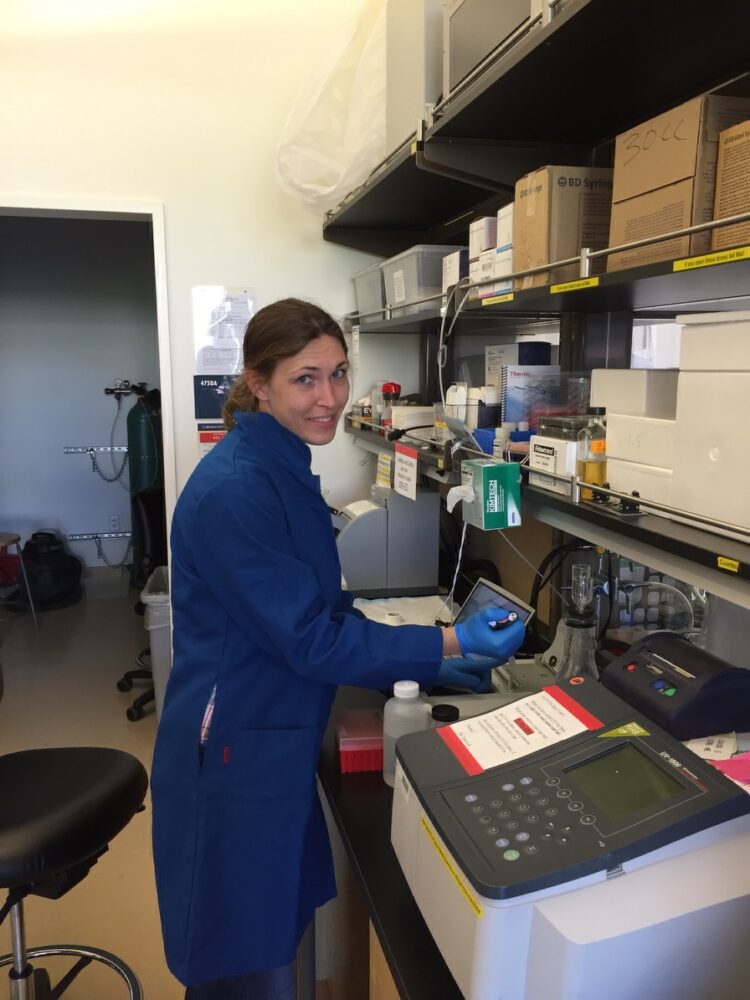
Misregulation of cell differentiation often leads to pathological cell fate and frequently employs mechanisms that alter gene expression. There are multiple levels of transcriptional regulation. The focus of my research is one of the subunits of the Mediator complex, MED12 and its paralogue MED12L. The Mediator is known as a general transcription factor, and so it is not expected to specialize. Meanwhile, Dr. Darzacqs lab observed that upon specific knockdown of the MED12L gene (and not MED12), Human primary fibroblasts transdifferentiate into neuron-like cells, suggesting a unique function for this […]
Andrew Kelleghan
In 2012 alone, 14.1 million cases of cancer were reported worldwide and the disease claimed 8.2 million lives. The magnitude of these figures speaks to the complexity of the causes and mechanisms of cancers and the need to develop new strategies to better combat the disease state. Existing treatments such as chemotherapy and radiation can prove effective but are notoriously limited by a lack of selectivity which results in widespread damage to cancer patients’ healthy cells. Thus, there remains a large demand for effective therapies capable of ridding the body […]
Claudia Chan
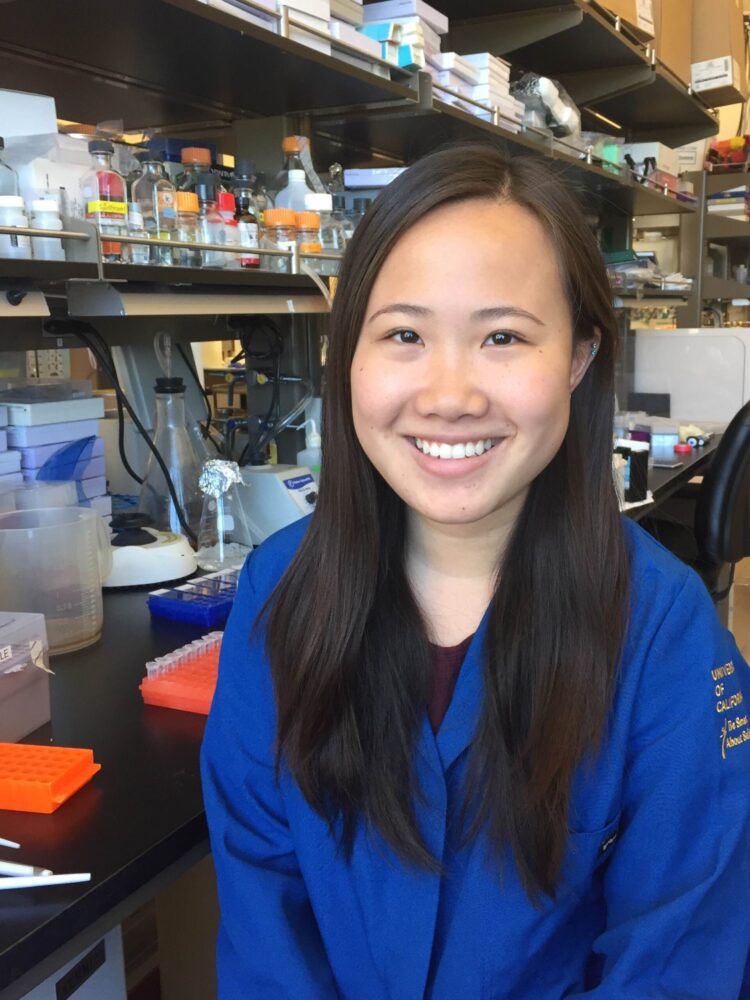
Lung cancer is the leading cause of cancer deaths worldwide, with non-small-cell lung cancer (NSCLC) accounting for nearly 80% of the cases. Adenocarcinomas are the most prevalent type of NSCLC among which Kras is the most commonly found mutation that correlates with poor patient prognosis. In our mouse model carrying this oncogenic Kras mutation allele and the inducible loss-of-p53 allele, tumor progression, histopathology, and molecular characteristics are similar to those of the human disease, allowing us to understand basic lung tumor biology and identify markers for early diagnosis. In this […]
Mei Lan Li
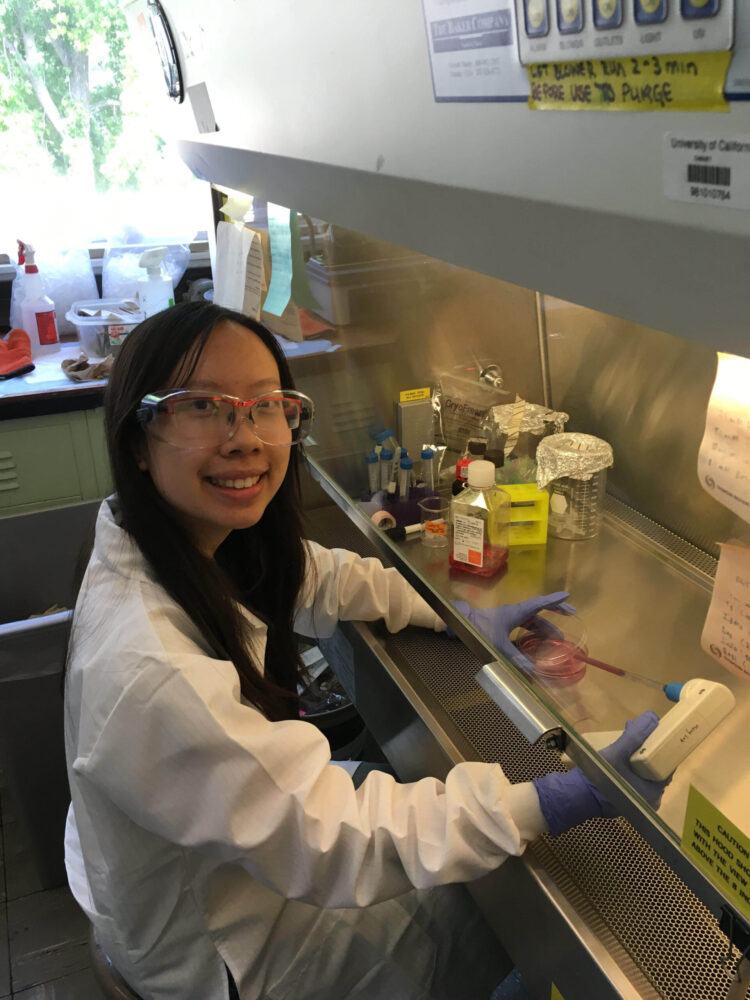
Obesity, as a result of excess triacylglycerol accumulated in white adipose tissues, is an established risk factor for many metabolic diseases, such as type 2 diabetes. Studying the lipolytic effects of proteins contributes to the development of anti-obesity and anti-diabetic agents that can potentially control adiposity and improve insulin sensitivity. Angiopoietin-like proteins (ANGPTLs) are a family of members that are highly involved in the regulation of lipid metabolism and glucose homeostasis. The exact physiological and metabolic functions of ANGPTL5 in humans remain unknown since no ANGPTL5 orthologous gene has been […]
Ashley Tang
Myopia, or nearsightedness, is a condition in which the eye is unable to focus distant objects correctly due to a mismatch between the power of the eye and the length of the eyeball. The outermost layer of the eye, the sclera, is responsible for maintaining eye size. Thinning of the sclera is a leading cause of ocular complications in people with myopia, and even low levels of myopia may increase the risk for other ocular pathologies. Our research focuses on the use of scleral miRNAs (small non-coding molecules within cells) […]
Daniel Polyakov

Due to the overuse of antibiotics, bacterial resistance has become one of the most widespread epidemics facing the world today. This, combined with a significant decrease in the production of antibiotics has created a need for new drugs to combat bacterial infections. Actinomycetes are a class of bacteria known to produce several secondary metabolites important in modern medicine. Recent innovations in Next Generation Sequencing have proved that Actinomycetes are capable of producing far more metabolites than previously thought possible. However, the mechanism through which these bacteria are prompted to produce […]